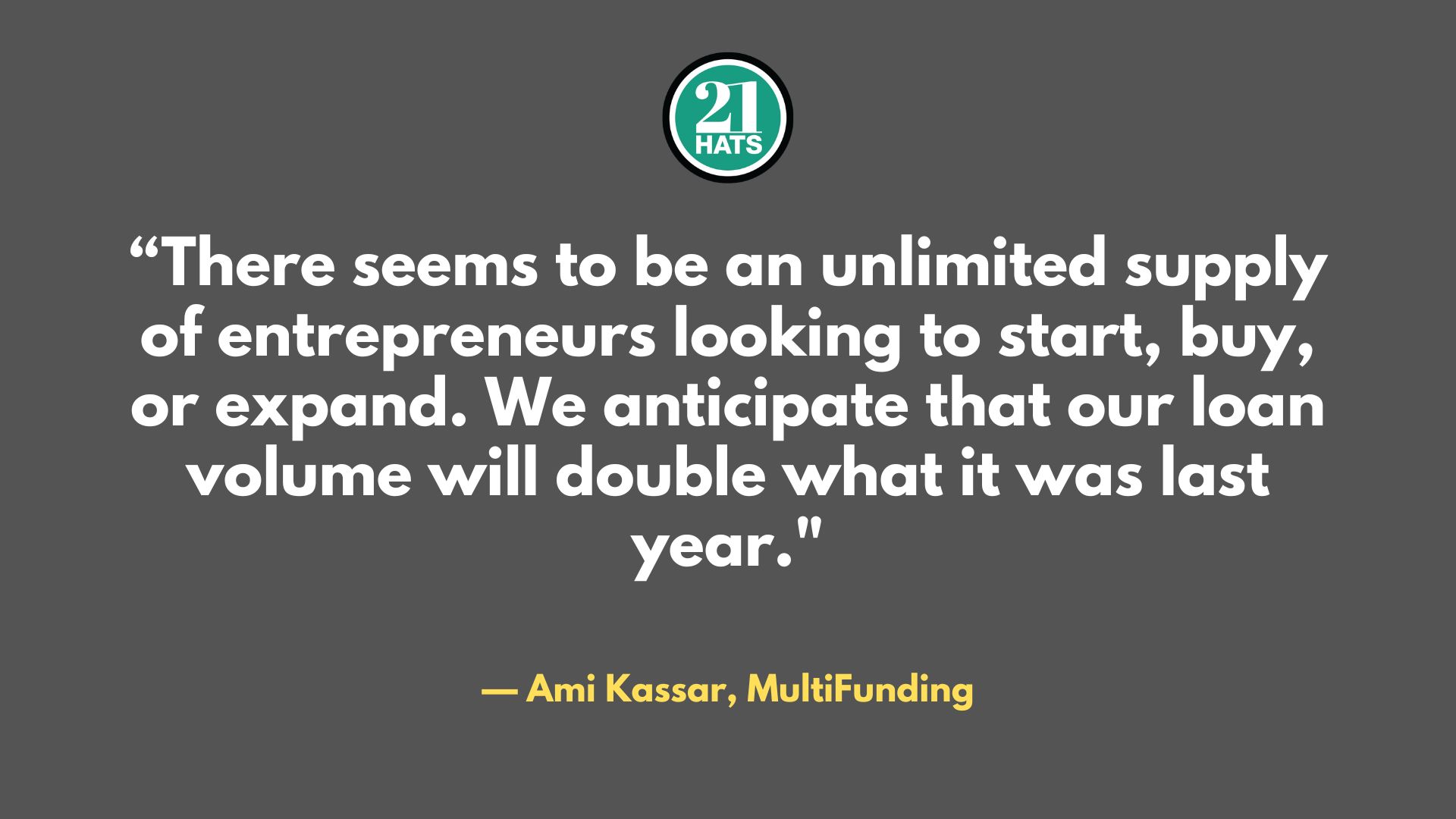Could My Business Be a Bellwether for the Economy?

I have my doubts, but it’s kind of been acting that way, and right now, things are looking surprisingly good.
By Ami Kassar
At the end of my public speaking gigs, I am often asked by someone in the audience to predict what will happen with interest rates or the economy. And my answer has always been the same: “If I knew, I would be chilling out on an exotic beach somewhere, not here talking to you.”
I have not read an economic forecast since the Covid-19 pandemic started – mainly because I don’t think anybody really knows where we’re headed. Until the pandemic, there had never been a time in history when governments around the world printed trillions of dollars to keep people alive, employed, and fed. And even now, the impact and domino effect of those dollars are still working their way through the system. So how can anybody predict with any degree of accuracy what is about to happen?
And yet, despite my cynicism and regardless of the aftereffects of Covid, I am starting to wonder if maybe small business lending could be a leading indicator of economic activity. It does seem plausible given that small businesses are often the first to be hurt in a downturn and among the first to benefit from an upturn.
In March of 2024, I wrote a column about the volatility we were seeing in small business lending, with many lenders exiting the market. I expressed concern that this was a warning sign of trouble ahead. At that point, we did not observe any slowdown in our demand for lending at MultiFunding; however, it was becoming increasingly complex to place loans.
By the time I wrote my column last July, my concerns were looking prescient. I wrote about how we were receiving far more calls than usual from businesses that were experiencing setbacks. It seemed clear that the many lenders who had chosen to exit the small business lending market had been on to something. We were seeing small businesses whose performance had slowed, and they were scrambling to figure out what to do. They were worried about making payroll or paying rent. In many cases, it had been a long time since they had faced such issues.
The third quarter of last year was our toughest quarter in eight years. While I thought some of this had to do with the upcoming Presidential election, I also believed that a significant portion of it was the result of companies running out of their Covid-19 cash and inflation catching up with them. Meanwhile, many SBA lenders experienced rising defaults last year, which strained their profitability.
Here is where I got it wrong, though. I thought that after the election, we would see a small Trump Bump and then a return of economic unease because the underlying fundamentals of so many businesses hadn’t changed. I thought that these issues, coupled with the uncertainty around tariffs, would make 2025 a tough year.
But here we are experiencing the exact opposite. Since the election, we have been struggling to keep up with the demand for lending. There seems to be an unlimited supply of entrepreneurs who want to start, buy, or expand their businesses and require growth capital or working capital to achieve this. We anticipate that our loan volume will at least double what it was last year (which was, to be candid, a slow year for us).
Much of the fear of high interest rates, the state of the economy, and the impact of tariffs seems to have subsided, and the entrepreneurs we are working with are now bullish and optimistic. So, I don’t want to make too much of the experience of one small company, but if our activity is any indication, there just may be a period of green lights ahead of us.
The next time I am asked where the economy is headed, I will share these thoughts. But please don’t ask me to predict the future of interest rates. I still have no idea.
Ami Kassar is CEO of MultiFunding.